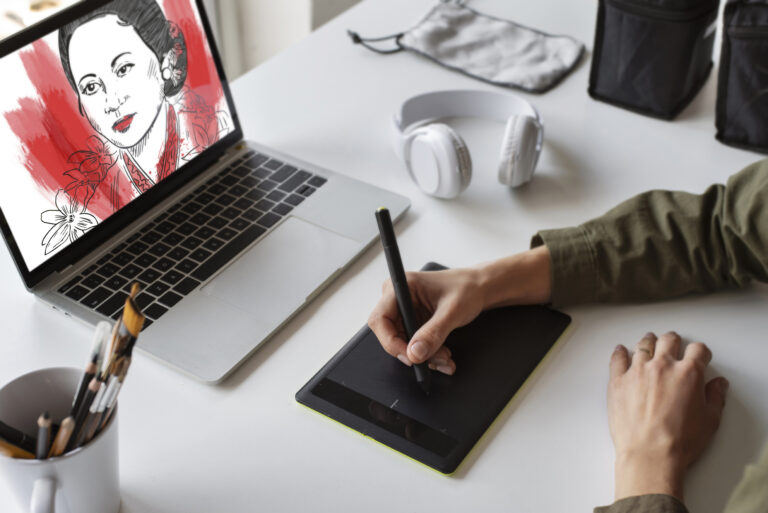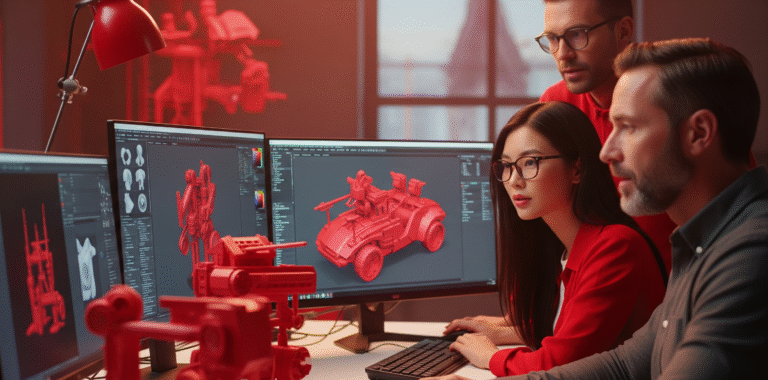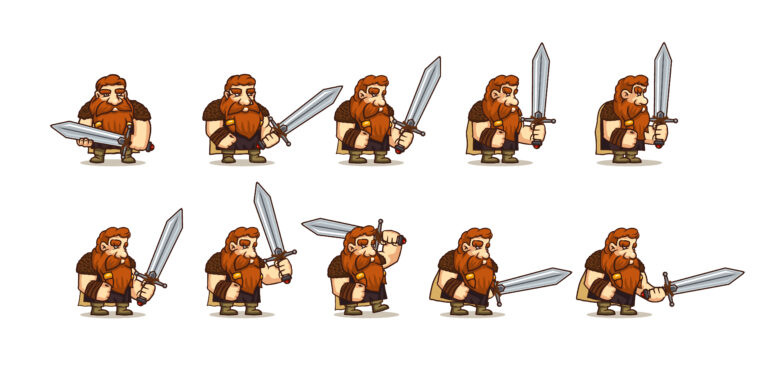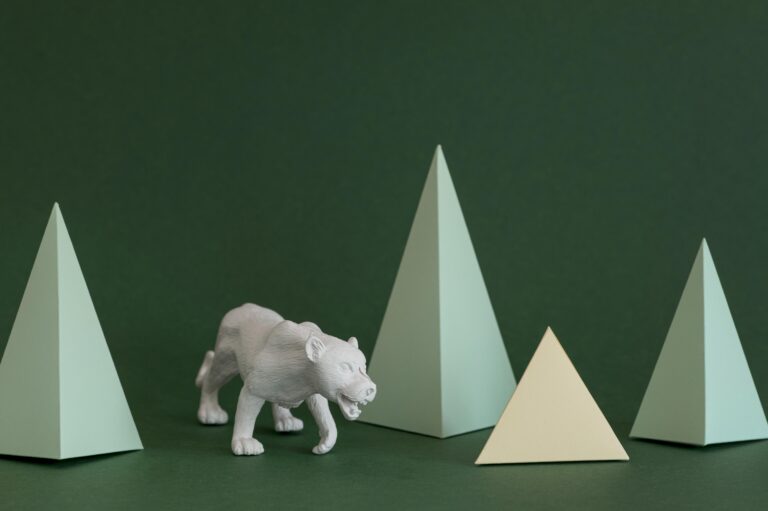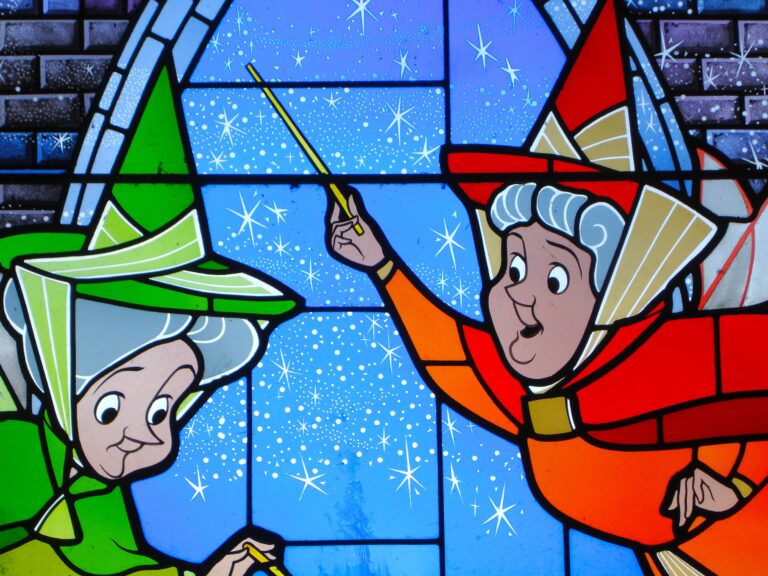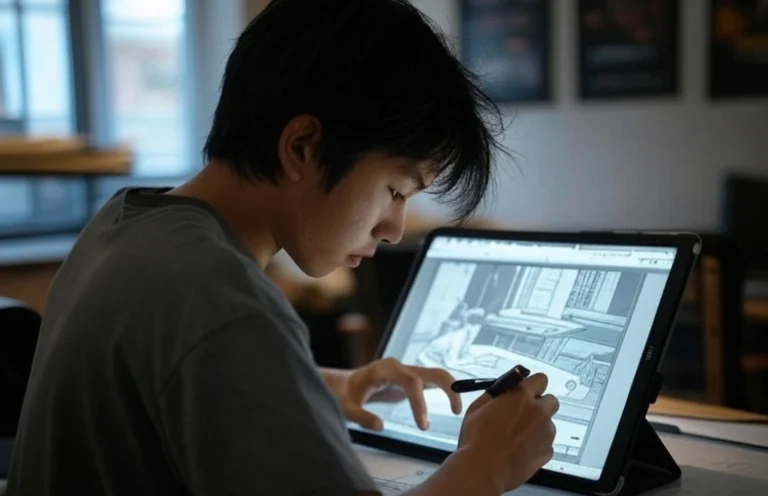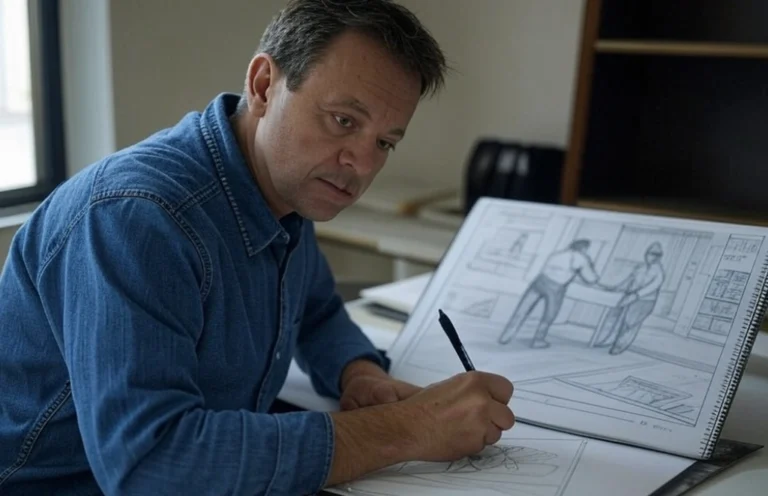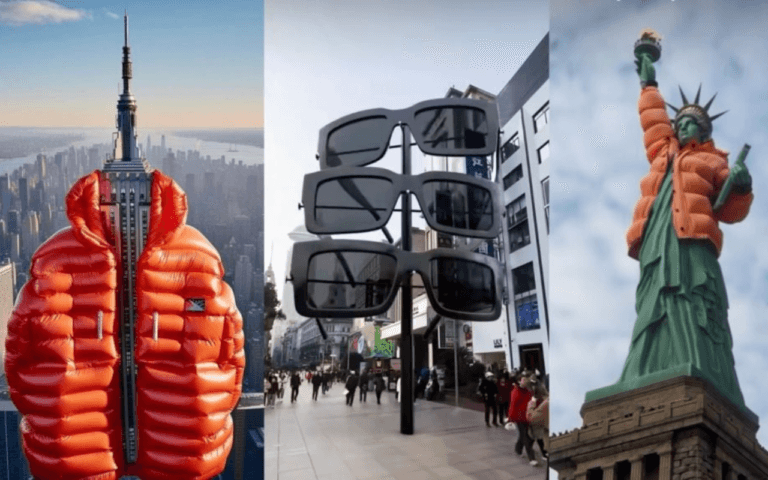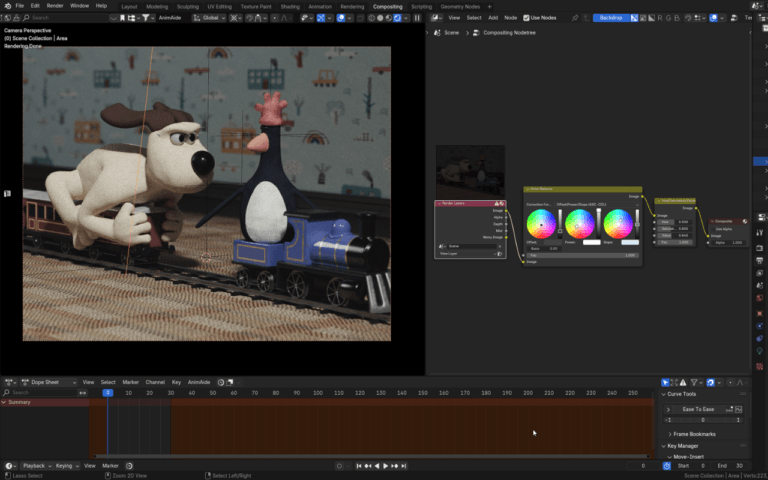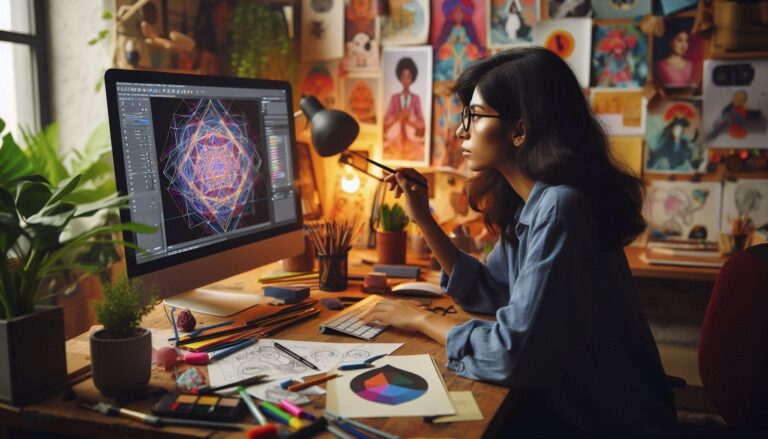The concept art process involves researching, sketching ideas, refining selected designs, and creating final renderings. It’s important to consider that the techniques used in the concept art process depend on the project and artists’ preferences. Concept art establishes the visual foundation on which the rest of the creative process is built. In this comprehensive guide, we will explore what exactly concept art is, the step-by-step process talented artists follow to create it, the tools and techniques used, and why it is such a vital art form for any visual medium involving fictional settings and characters.
What is Concept Art?
Concept art is preliminary visual representations that establish the artistic vision, style, and mood for films, TV, video games, animation, character design , and other media projects featuring imaginary environments and characters. It is the bridge between written ideas and fully realized visual storytelling. Some key things concept art establishes:
- The style and look of characters, creatures, objects, wardrobe, landscapes, etc.
- The color palette, lighting, and visual atmosphere of different 2D & 3D environment art services.
- The composition and camera angles for important scenes and sequences.
- The scale and proportions of structures, props, and other physical elements.
- The practical functionality of designed elements like technology, costumes, or vehicles.

Need Animation Services?
Visit our Animation Service page to see how we can help bring your ideas to life!
Concept Art Process
Decide on a Clear Concept
The first step in creating concept art is to decide on a clear overall concept through extensive discussions with the director and creative stakeholders. The concept artist needs to fully understand the vision, themes, mood, and goals of the concept art. They determine details like:
- The overall style and time period/setting
- Specific story elements the art needs to communicate
Gather Extensive Reference Materials
Once the broad concept is defined, the artist gathers tons of reference materials relevant to the subject matter. These references help ground the concept art in reality while providing inspiration.
The concept artist collects a wide range of photographic and artistic references related to all aspects of the subject matter, including:
- Architecture styles that match the time period or environment
- Landscape photos (if outdoor scenes are involved)
- Textures and patterns for surfaces like stone, wood, fabric
- Props like furniture, technology, tools, etc.
- Flora and fauna for natural environment concept art process
- Lighting references for the time of day and weather
- Fashion styles for clothing, hairstyles, accessories
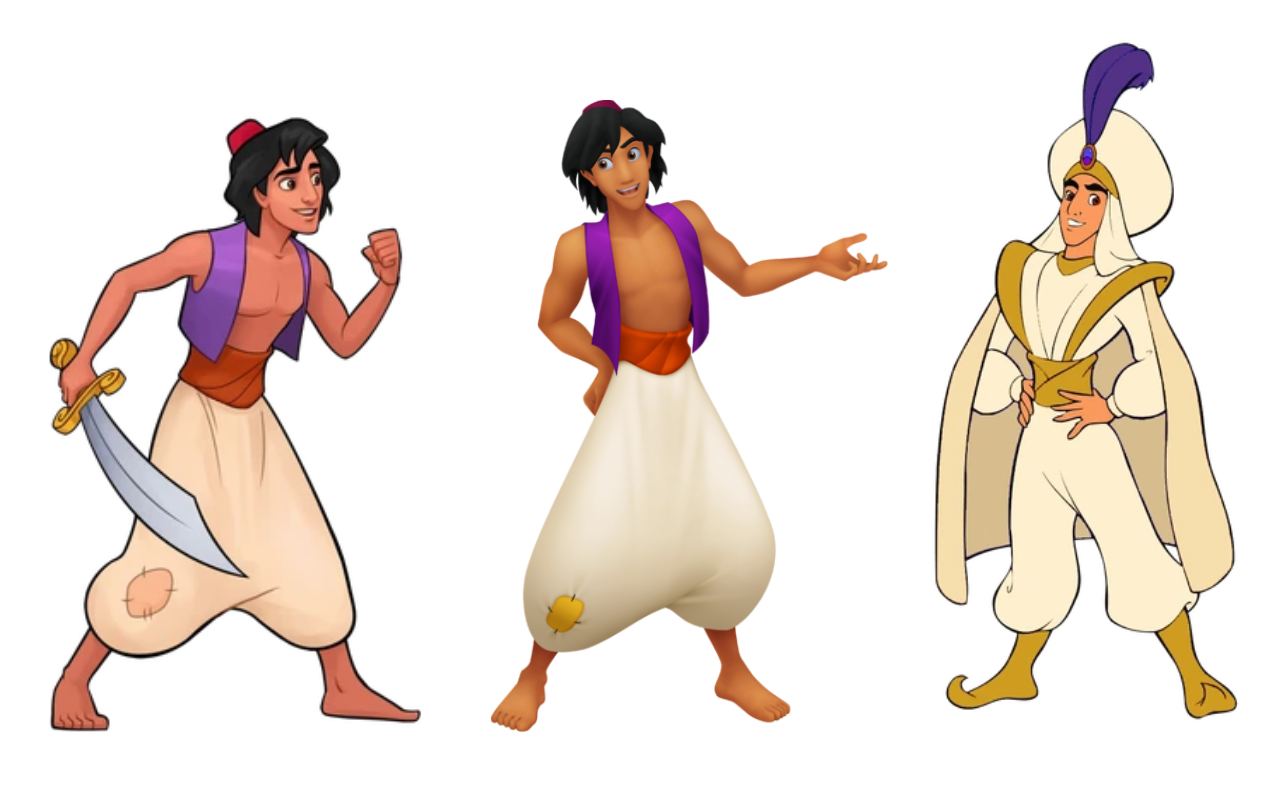
Create Numerous Thumbnail Sketches
The artist then starts ideating by creating numerous small thumbnail sketches, quickly exploring different compositions, poses, camera angles, lighting, and other visual options. The rough thumbnails lay out the general ideas and arrangements in simple forms. The artist reviews these with the director and stakeholders, gets feedback, and determines which concepts to pursue further. The artist does quick, rough thumbnail sketches on paper or digitally to lay out many different options for:
- Character poses and silhouettes
- Compositional arrangements
- Camera angles and perspective
- General lighting, values, and color palette (Based on the color definition in art)

Develop Tighter Rough Sketches
Moving forward, the chosen ideas are developed into tighter rough sketches with more details defined.
Based on chosen ideas, the artist makes more detailed rough sketches defining:
- Specific shapes (Based on the shape language), forms, and proportions
- Perspective and depth
- Light and shadow shapes
- Details like facial features and human anatomy
The goal is to clarify and refine the concept more while still keeping it loose and exploratory. This moves the concept closer to the final visualization.
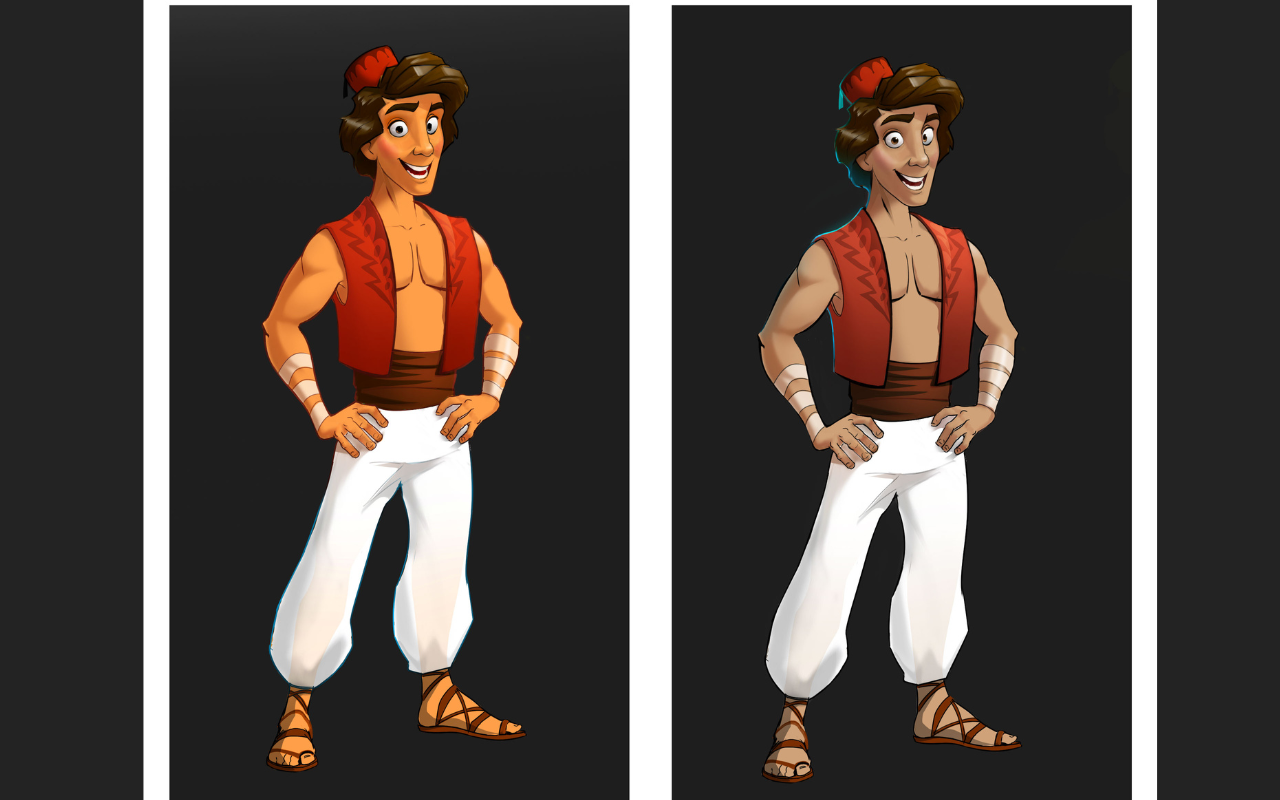
Create Monochromatic Value Art
At times, the artist will take a sketch into monochromatic values by painting it in grayscale or limited color. It acts as a lighting and value study analyzing the concept in simplified terms. The artist may take a sketch in grayscale or limited color to focus on:
- How lighting and shadows interact with forms
- Composition and Visual Hierarchy
- Accuracy of perspective and depths
- Drawing attention to focal points
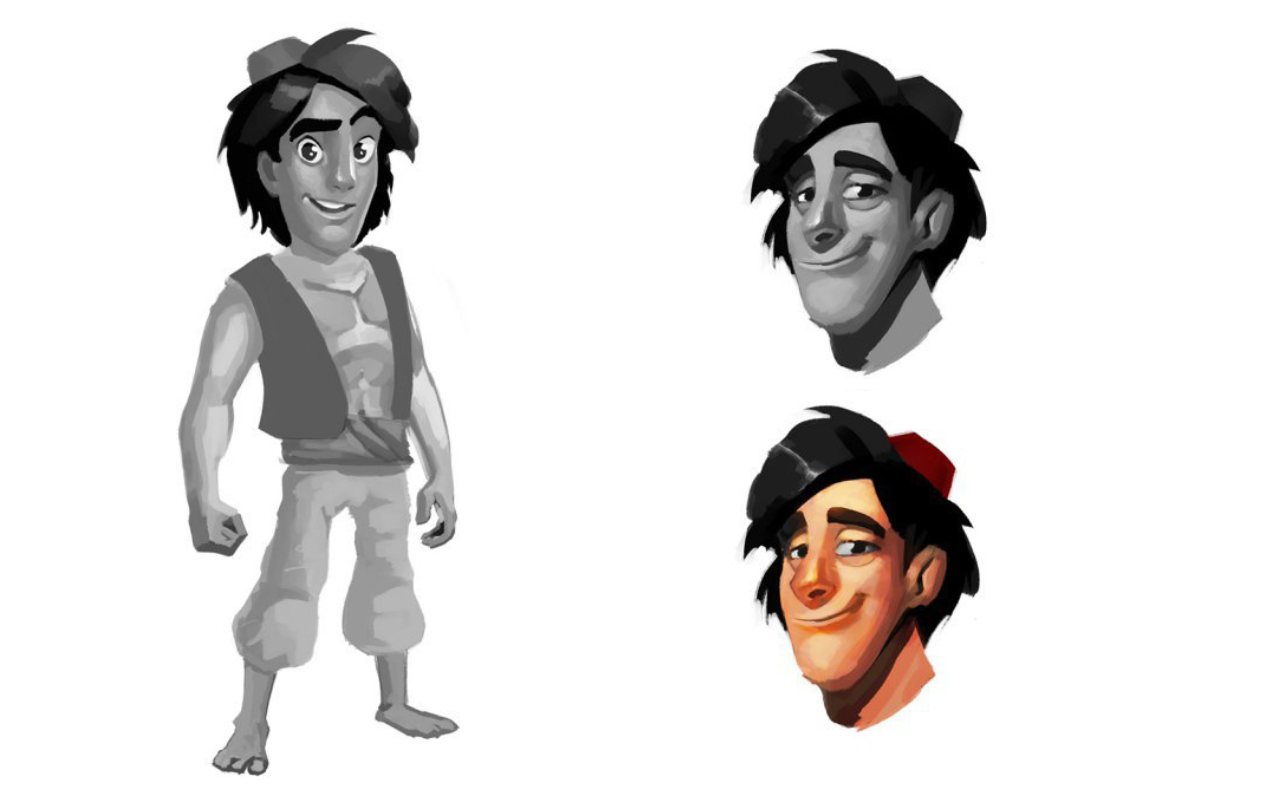
Add Final Painting and Details
Finally, the artist takes their work into final rendering and details to fully realize the concept. This fully illustrated concept art becomes a guide for the rest of the production team. The artist takes their work into the final rendering by:
- Painting textures, surfaces, lighting
- Adding color that enhances mood and atmosphere
- Incorporating graphic design embellishments
- Creating special effects if needed
- Refining all details and polishing the execution
The result is a fully illustrated visualization that clearly communicates the artistic goals of the project.
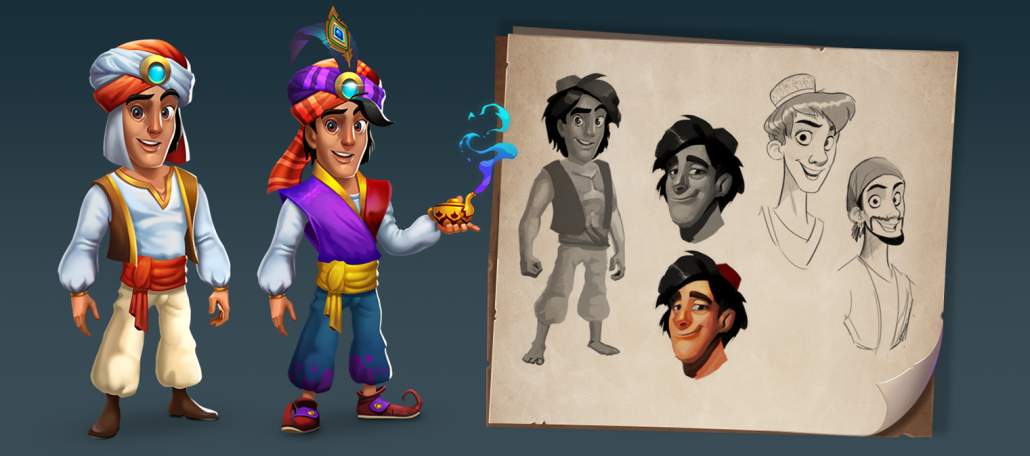
Concept Art Themes and Styles
Depending on the project, concept art can vary greatly in terms of themes, styles, and genres, and this is why the time estimations and price rates for concept art projects are different. Here are some of the most common:
- Science Fiction Concept Art
- Fantasy Concept Art
- Comic Book Concept Art
- Animation Concept Art
- Historical Concept Art
Types of Concept Art
The different types of concept art all contribute to establishing the visual world. They provide crucial perspectives on characters, environments, objects, and story moments that come together to form a cohesive and immersive visual experience.
Here are a few main types of concept art that a concept art outsourcing studio may provide:
Character Concept Art
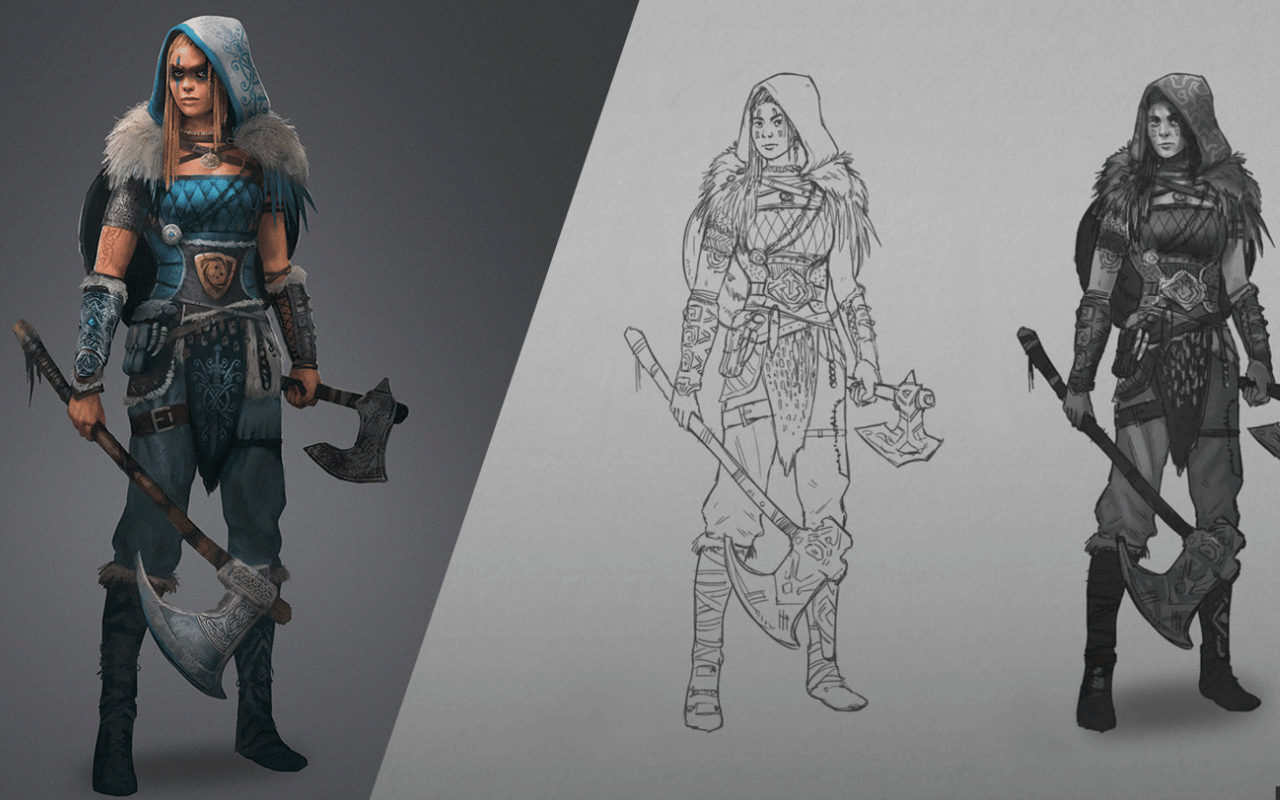
Environment Concept Art
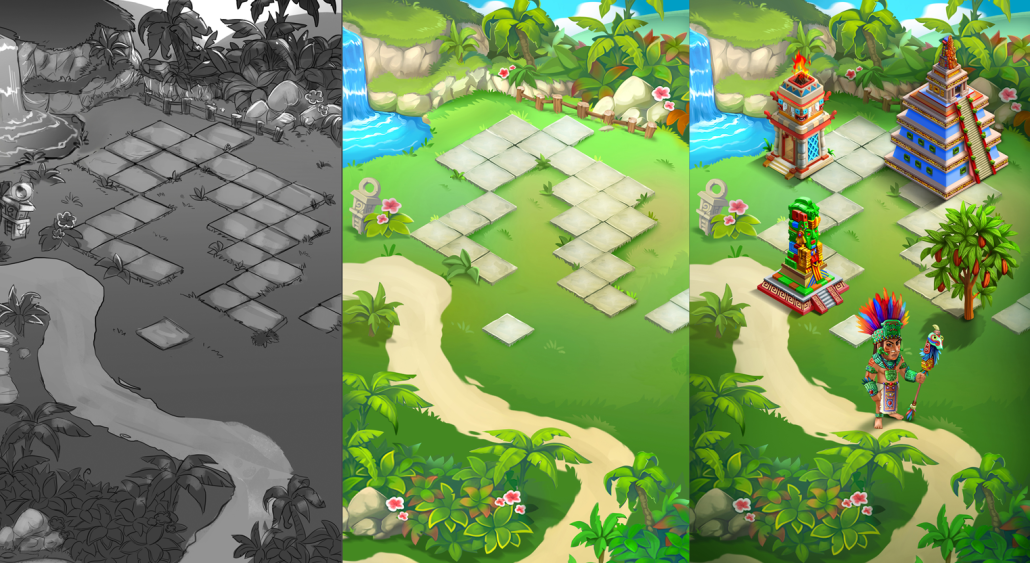
Vehicle/Prop Concept Art
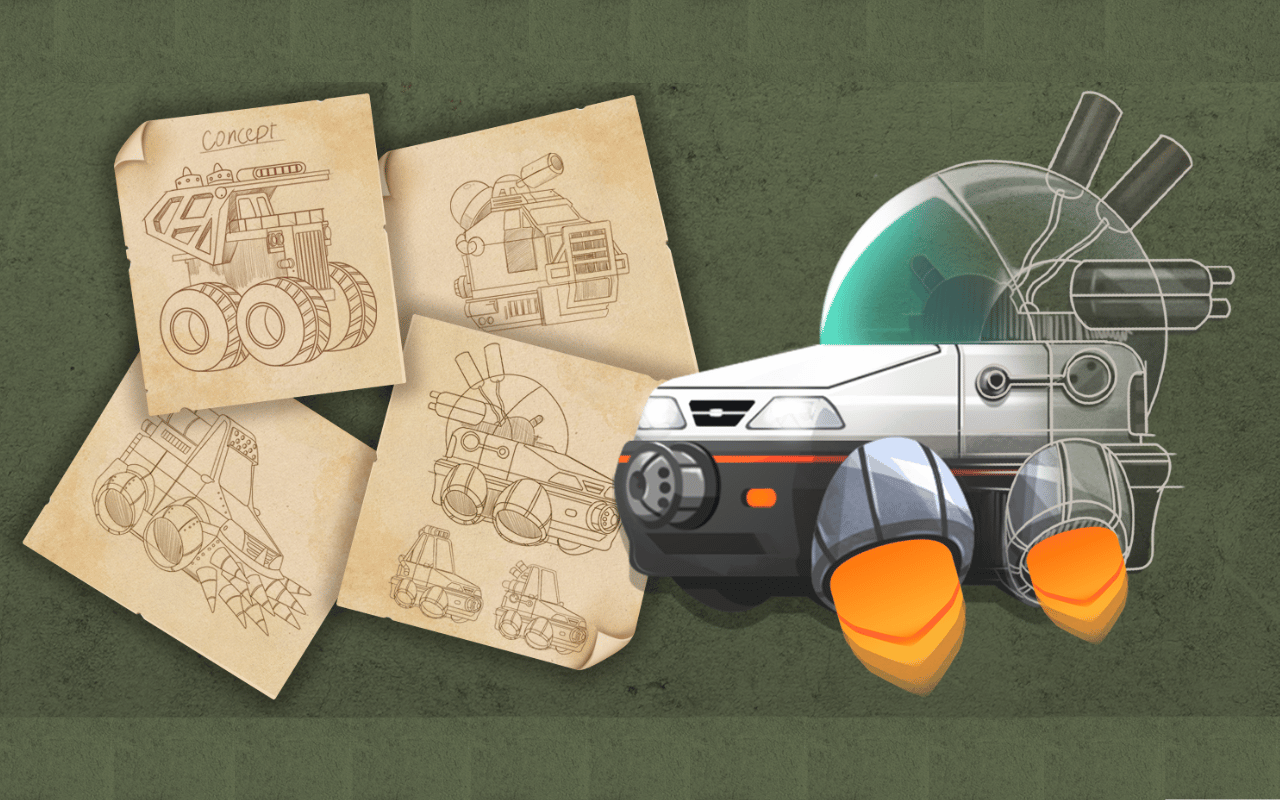
Storyboarding
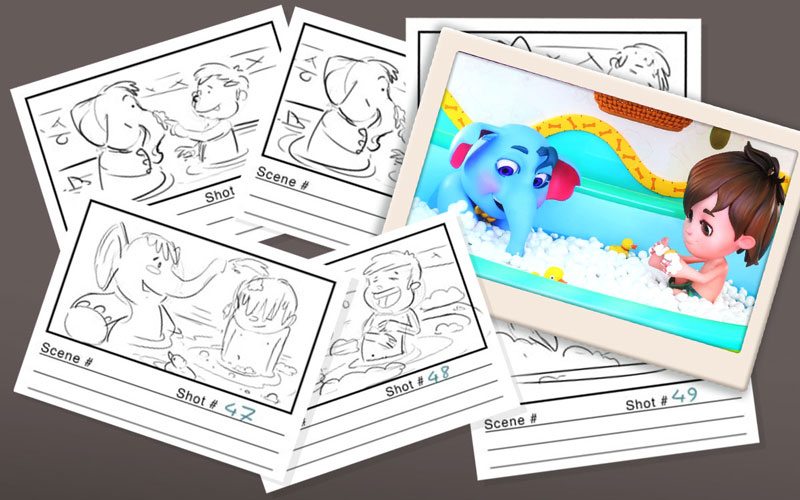
Matte Paintings
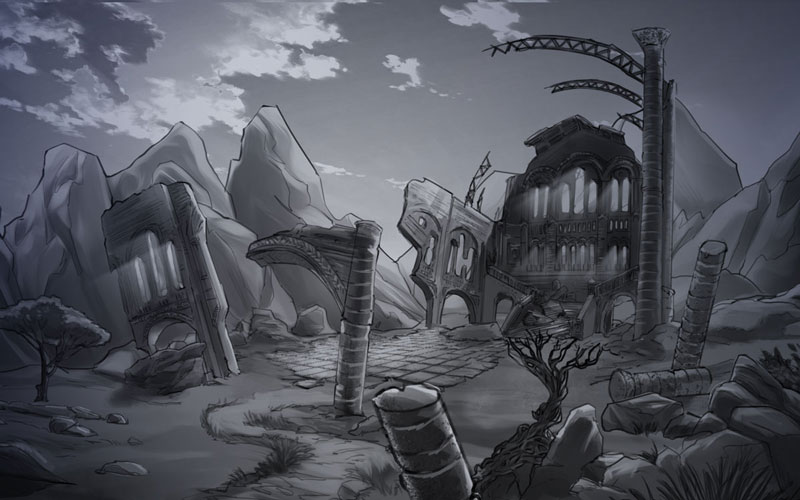
Why is Concept Art Important?
Concept art is a crucial early step in visual transmedia storytelling. Here are some of the key reasons it is so important:
- Brings ideas to life visually
- Provides unified artistic direction
- Enables creative experimentation
- Catches potential issues early
- Facilitates clear feedback
- Saves time and money
- Inspires team enthusiasm
- Allows creative risk-taking
- Communicates effectively
- Realizes the impossible
Concept Art Artist
The goal of a concept artist is to create compelling visual content that allows directors to make informed creative decisions and provides a target creative vision for production teams to work towards bringing to life.
The most well-known and influential concept artists:
Ilya Nazarov – The Lord of the Rings and Avatar films
Jama Jurabaev – The HBO series Game of Thrones
Ian McCaig – Legendary Star Wars and Darth Maul
Kang Le – Disney, Moana, Frozen, Big Hero 6, and more
John Park – Spider-Man films and the classic Marvel hero
Jamaal Bradley – Riot Games and League of Legends
Wei Zheng – Epic Games on Fortnite
Conclusion
In summary, concept art is the crucial first step in manifesting the worlds that exist within creators’ imaginations. Concept art transforms ideas into images. The iterative process of thumbnailing, sketching, refining, and rendering allows ideas to progress from loose impressions to impressive, fully illustrated visuals. Without the vital creativity and problem-solving of concept art, translations from ideas to final visuals would be scattered and inefficient. So the next time you get engrossed in the environments of a sci-fi film or smitten with an animated character’s charm, remember the concept artists who first dreamt it into being.
